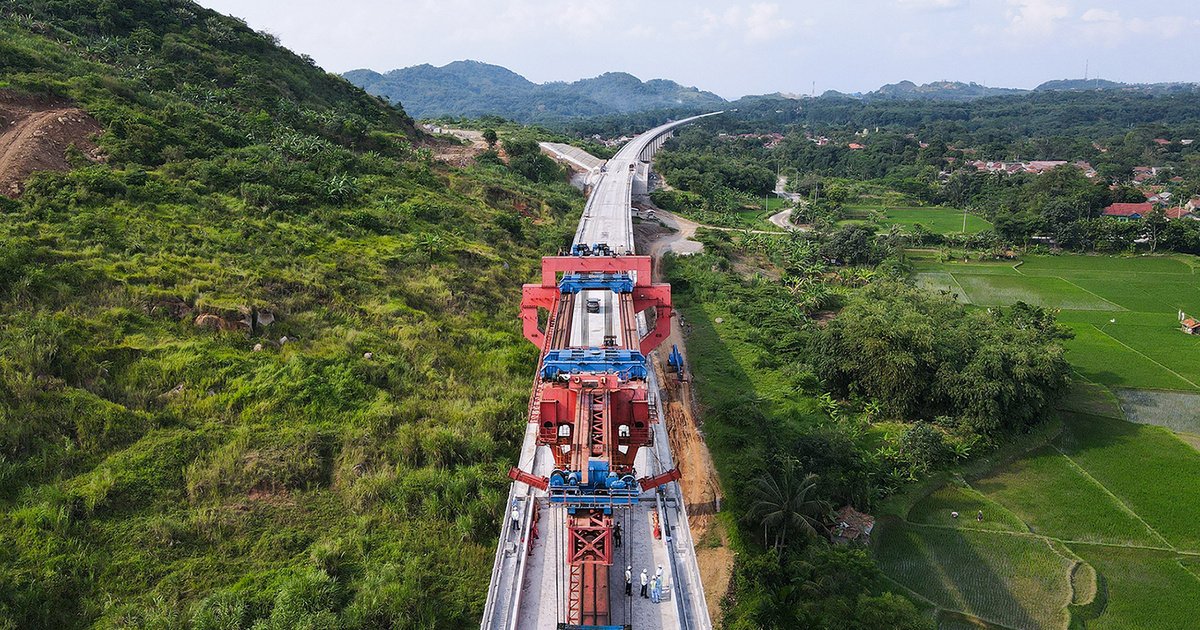China’s $3 billion investment in Kenya’s Standard Gauge Railway (SGR) has become one of the most significant infrastructure projects in East Africa. Since its launch, the SGR has not only improved domestic transport but has also transformed regional trade, connecting Kenya with neighboring countries and boosting economic activity.
The Impact on Domestic Transportation
The SGR, which links Nairobi to Mombasa, has drastically reduced travel time between Kenya’s capital and its largest port city. Passengers can now travel between the two cities in under five hours, compared to the previous journey time of nearly 12 hours. This improved connectivity has spurred tourism, trade, and local business development along the railway route.
Additionally, freight transport has become more efficient. The SGR enables faster and more reliable cargo transport between Mombasa, the largest port in East Africa, and Nairobi, easing the movement of goods across the country. This development is vital for Kenya’s internal supply chain and has reduced transport costs for businesses.
Boosting Regional Trade
Beyond Kenya’s borders, the SGR is key to improving regional trade. The railway is designed to eventually link Kenya with Uganda, Rwanda, and South Sudan, offering a modern transport network for East Africa. This would enable landlocked countries to access Mombasa’s port more efficiently, fostering regional integration and boosting trade between countries.
China’s investment in Kenya’s infrastructure has opened new opportunities for East African trade corridors, allowing for the easier flow of goods. The improved transportation infrastructure aligns with the goals of the African Continental Free Trade Area (AfCFTA), making it easier for East African nations to engage in regional and international trade.
Economic Benefits and Job Creation
The construction and operation of the SGR have provided significant economic benefits for Kenya. The project created thousands of jobs during the construction phase, and many of those jobs have transitioned into long-term employment opportunities in the railway’s operations and maintenance. The SGR has also catalyzed infrastructure developments along the railway, such as logistics hubs and industrial parks, further contributing to job creation and economic growth.
Additionally, China’s investment has helped modernize Kenya’s infrastructure, providing the country with advanced railway technology and improving its capacity to handle larger volumes of trade. This modernization supports Kenya’s ambitions of becoming an industrial and commercial hub in East Africa.
Challenges and Debt Concerns
Despite the benefits, there are concerns about the long-term sustainability of the SGR project, particularly regarding Kenya’s debt to China. The $3 billion investment was largely financed through loans from China’s Exim Bank, raising concerns about Kenya’s ability to repay the debt. Critics argue that the high levels of debt may burden the country’s economy in the future.
Nevertheless, the Kenyan government and Chinese officials maintain that the long-term economic benefits of the SGR will outweigh the debt concerns, as the railway is expected to generate significant revenue from freight and passenger services in the coming years.
Conclusion
China’s investment in Kenya’s Standard Gauge Railway has had a transformative effect on the country’s transport infrastructure and regional trade. By improving connectivity, reducing transport costs, and boosting economic development, the SGR has positioned Kenya as a key player in East African trade. Despite concerns about debt, the long-term benefits of this project could shape the future of East Africa’s economy.


